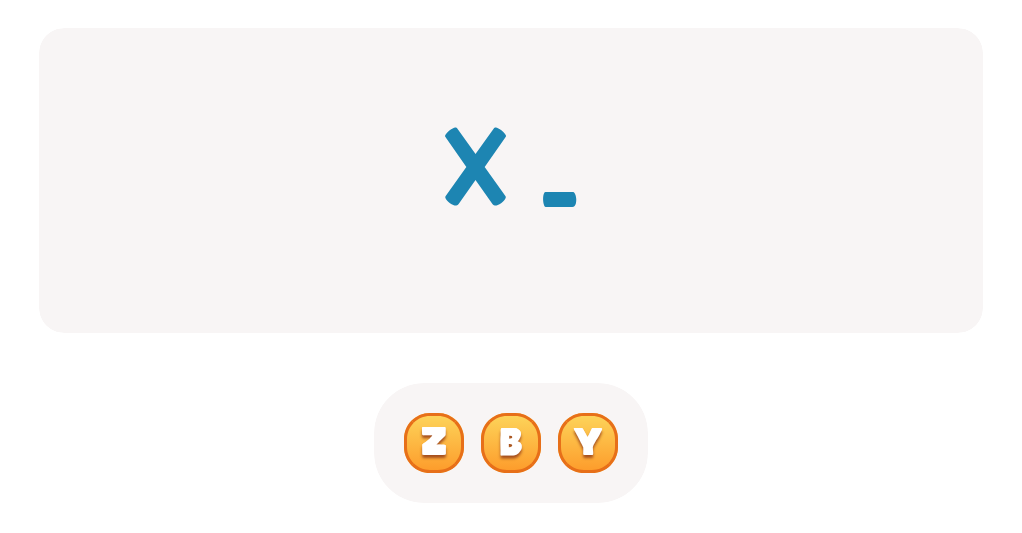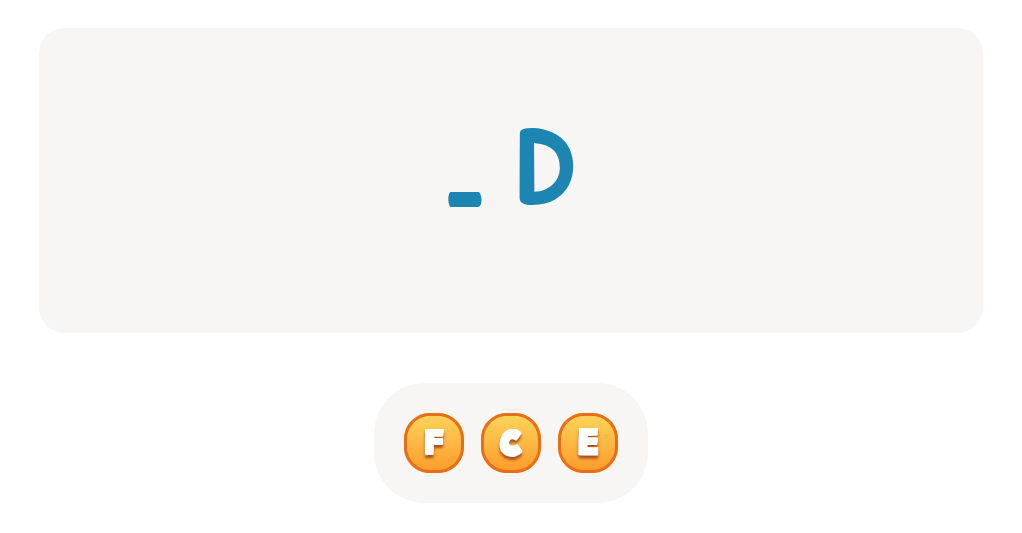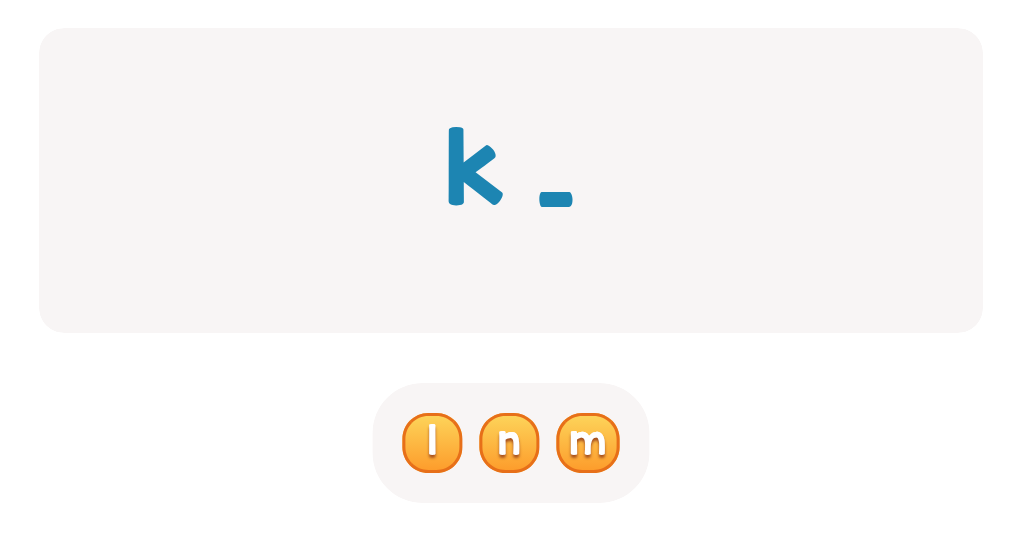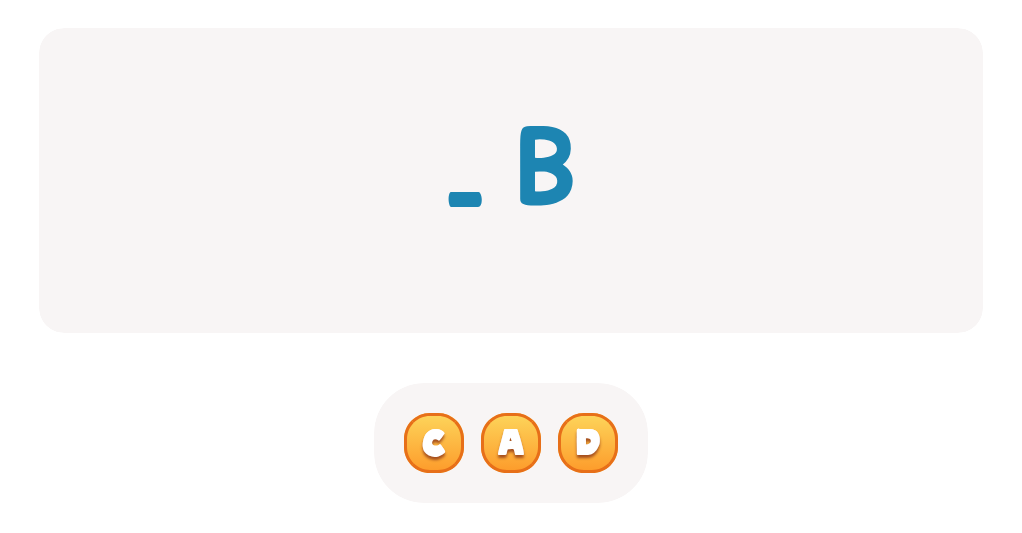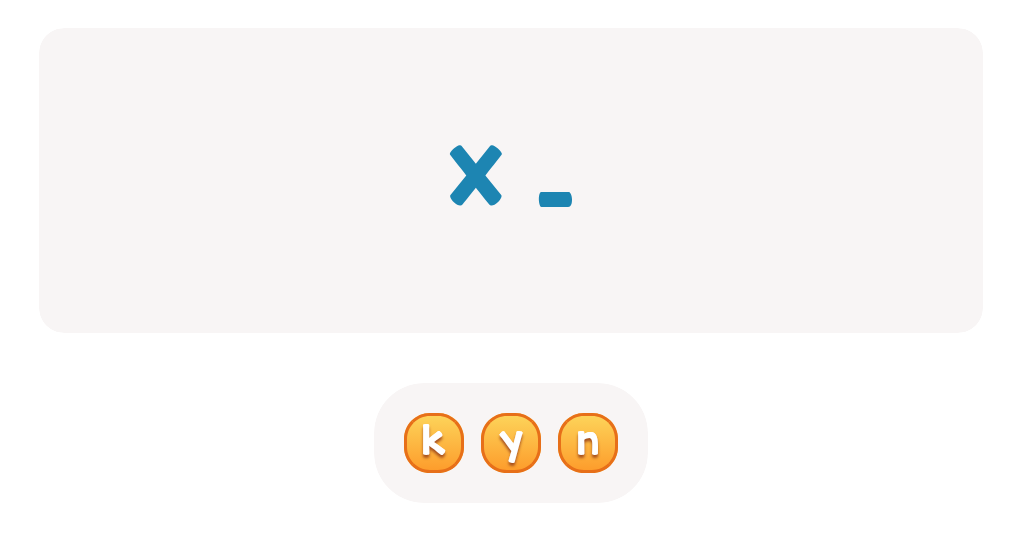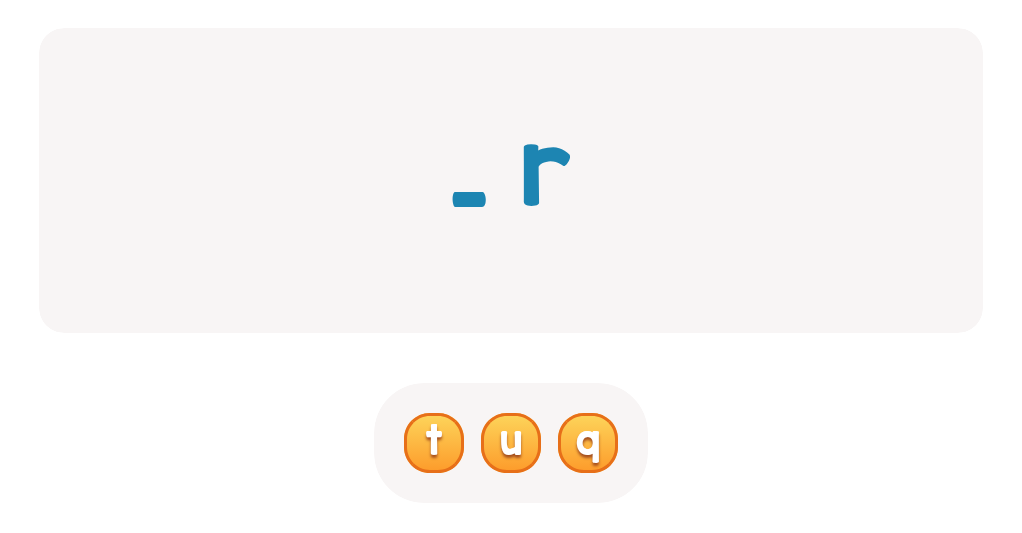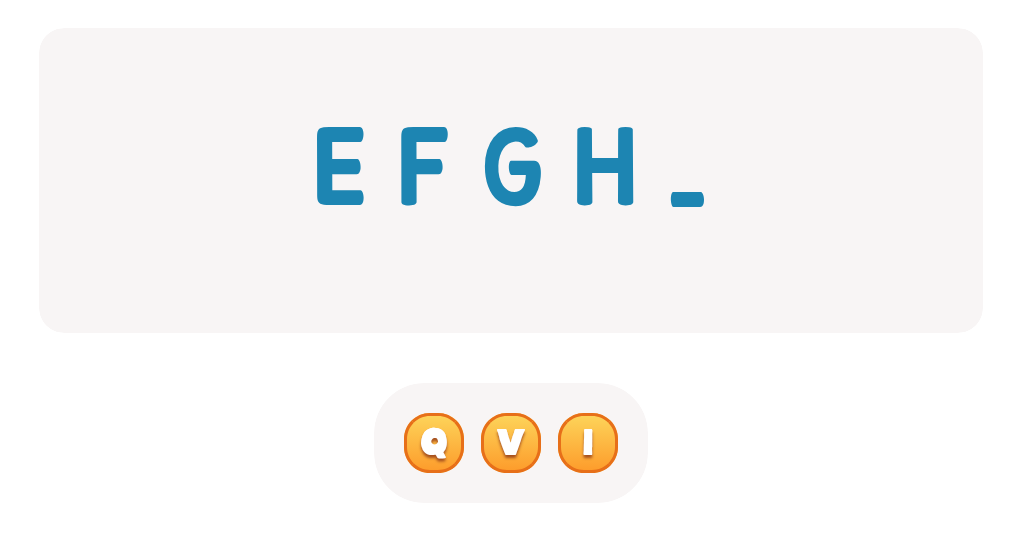Visual discrimination skills Normal Upper & Lowercase Letters Worksheets for Ages 6-9
4 filtered results
-
From - To
Unlock your child's potential with our engaging visual discrimination skills worksheets, tailored for kids ages 6-9. Specifically designed to improve their ability to identify and differentiate between normal uppercase and lowercase letters, these interactive worksheets provide a fun and effective learning experience. Your child will enhance their recognition skills through a variety of challenging activities while boosting their confidence in reading and writing. Each worksheet is crafted with age-appropriate content, ensuring a perfect blend of education and enjoyment. Dive into our collection and watch as your child develops essential literacy skills that will be crucial for their academic success!


Find Uppercase Letters A, B, and C Worksheet
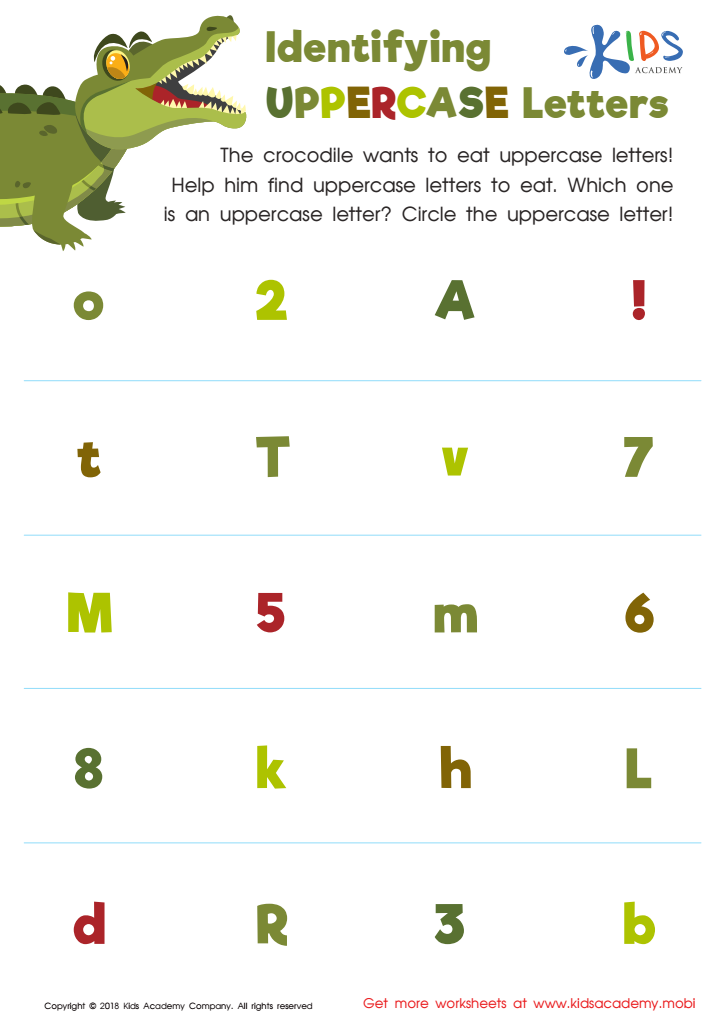

Identifying Uppercase Letters Worksheet
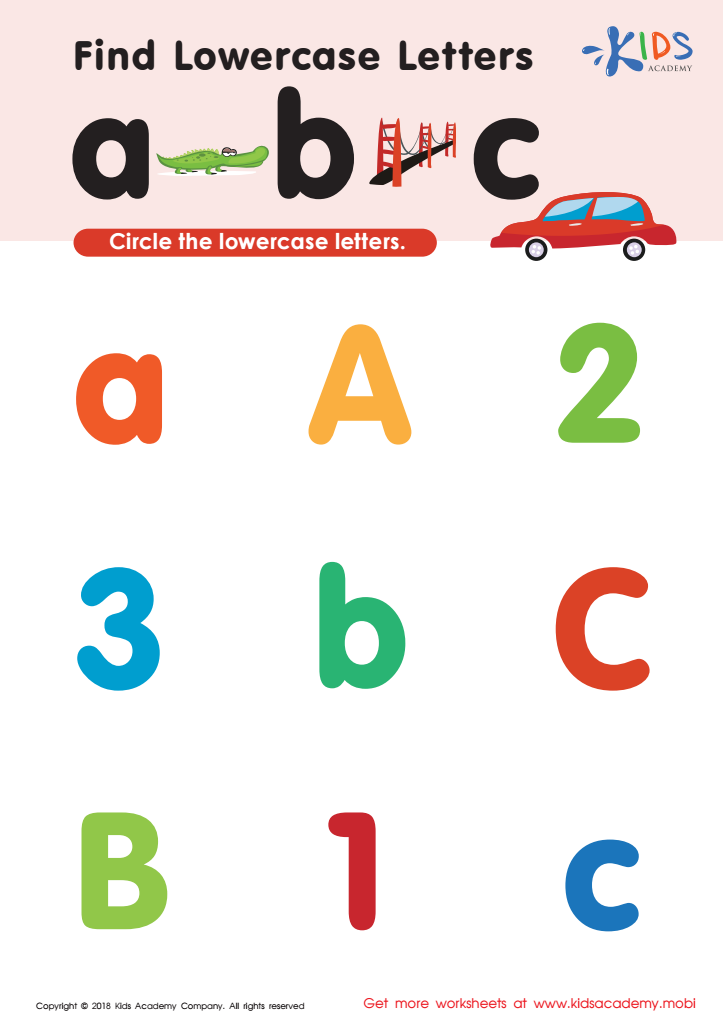

Find lowercase letters a b c Worksheet
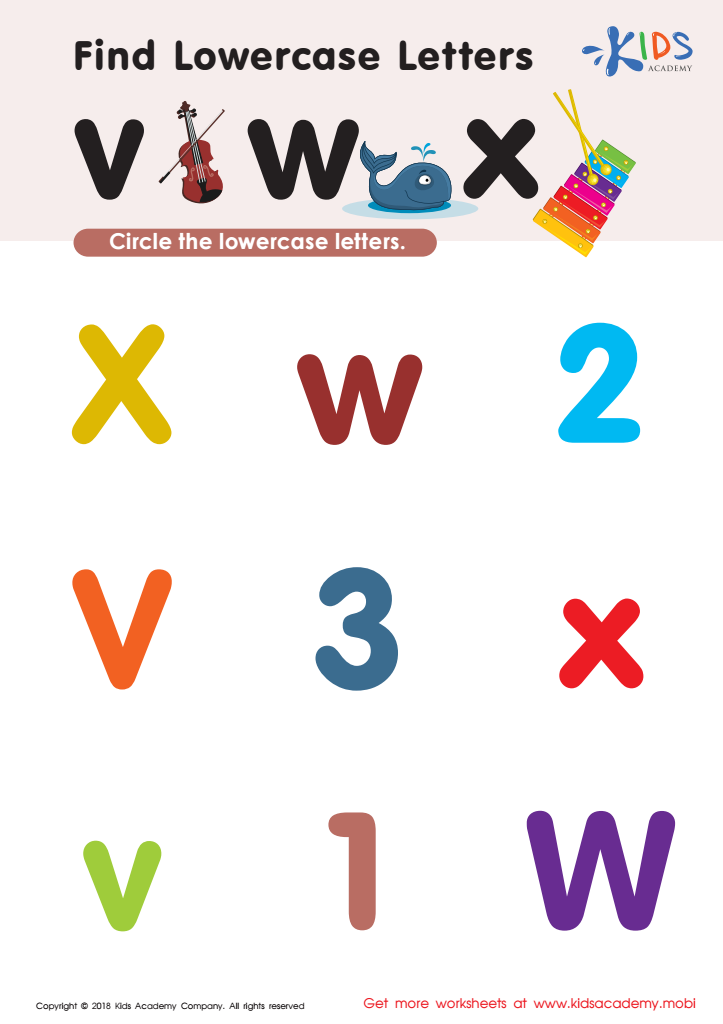

Find Lowercase Letters v w x Worksheet
Visual discrimination skills are crucial for children aged 6 to 9, particularly concerning normal uppercase and lowercase letter recognition. These skills involve the ability to differentiate between similar shapes and symbols, impacting reading and writing fluency. When children can accurately recognize and discriminate between letters, they develop stronger reading skills, which are foundational for academic success.
For parents and teachers, fostering these skills is essential. Weak visual discrimination can lead to difficulties in learning to read, spelling mistakes, and challenges in writing. Children may confuse letters such as "b" and "d," or "p" and "q," resulting in frustration and diminishing confidence. By focusing on visual discrimination, educators and parents can help children build a strong foundational skill set that enhances their literacy development.
Incorporating engaging activities, such as flashcards, letter discrimination games, and matching exercises, can significantly support skill-building. Furthermore, awareness around these skills enables adults to provide early interventions and targeted assistance, ensuring that children stay on track with their literacy journey. Ultimately, prioritizing visual discrimination skills during these formative years helps set children up for success in their educational pursuits and fosters a love for reading and writing that can last a lifetime.
 Assign to My Students
Assign to My Students
